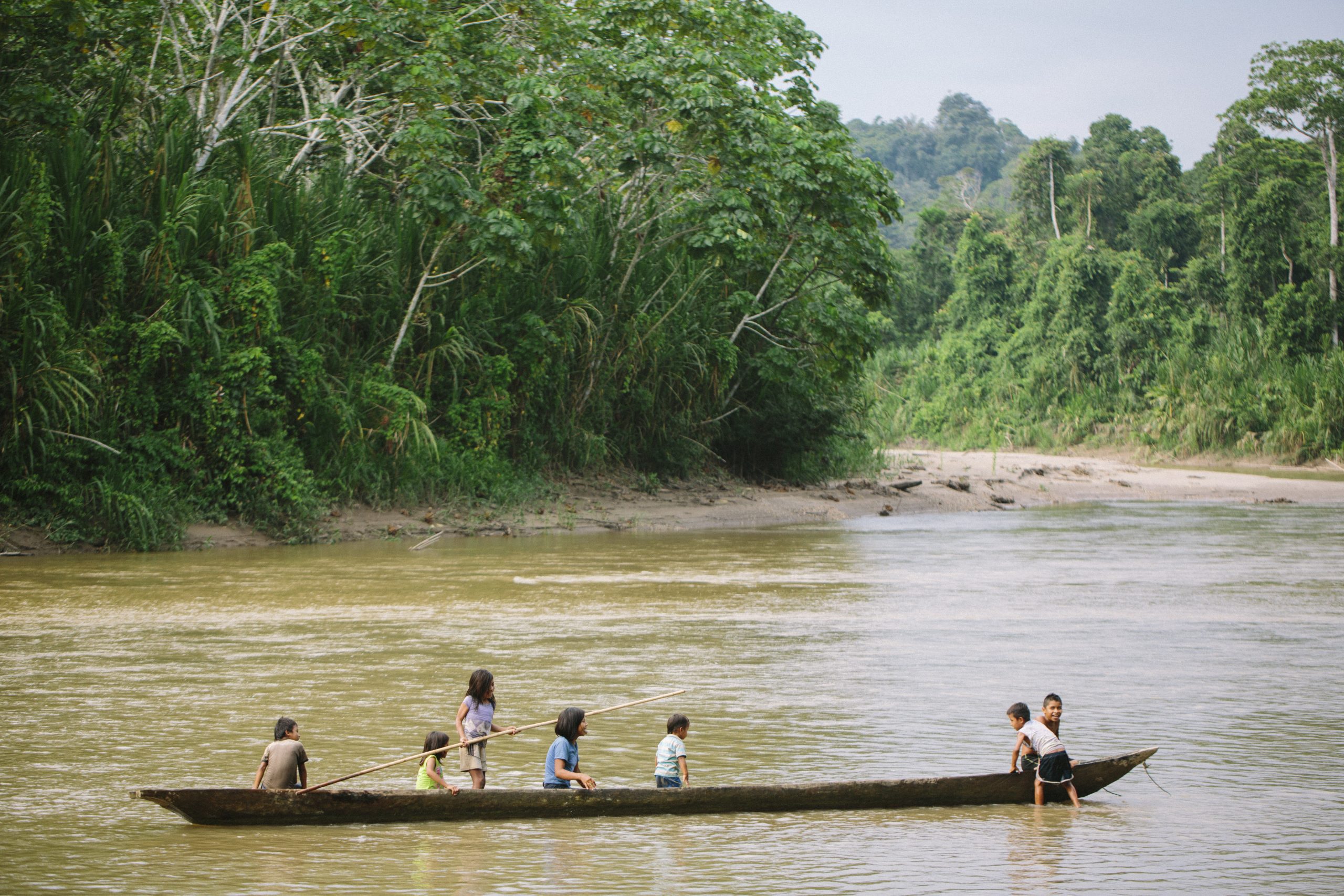But that song was about to change forever with the foreign sounds of helicopters, explosions of dynamite, chainsaws and heavy trucks cutting through the natural music, all in the hunt for oil.
Before the oil companies arrived in the mid-1960s and started to bulldoze over northeastern Ecuador’s Amazon rainforest, there was an abundance of fresh water, fertile soil, aquatic life in the rivers and animals in the forest to hunt. The jungle is not only the indigenous Amazonian people’s ground of living and home, it is also their supermarket, their pharmacy, their university — it is their way of living a rich life. Today the cultural and physical survival of Indigenous Nations and the preservation of one of the world’s last natural treasures is at stake. Multinational corporations are plundering and burning it to death in order to feed the world’s addictive demand for oil.
In early 2014, almost fifty years after Texaco (now Chevron) began drilling the first oil well, I journeyed into the Amazon rainforest for the first time. We were there to bear witness to the biggest man-made environmental disaster in history and to listen to the stories of the people, the land and the silence in between. In many ways my first journey into the Amazon was a journey of presence, inside and outside. It was not about doing something, trying to fix things, thinking of solutions, not even trying to make sense of it all, but simply to be present, to bear witness, and to listen.

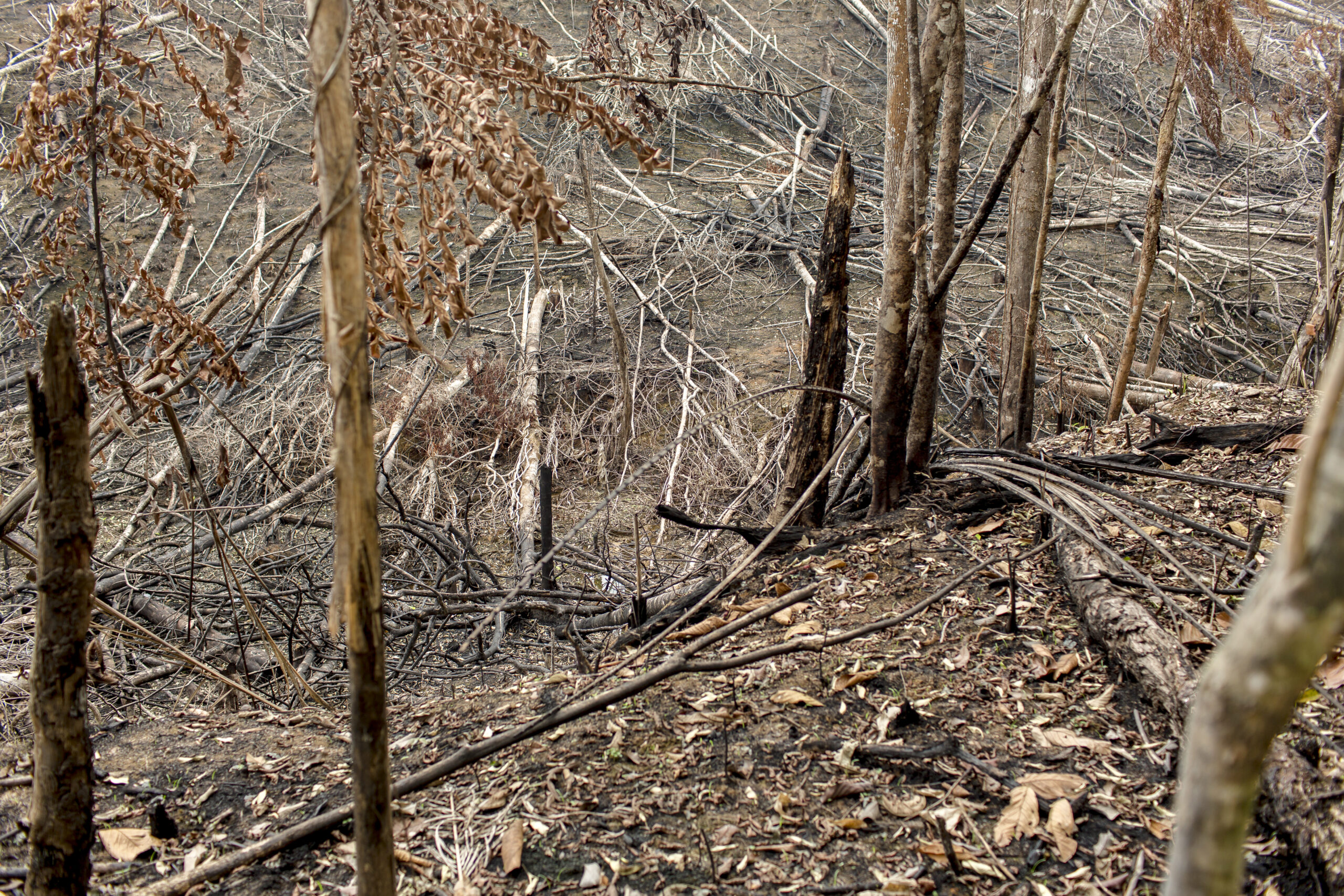

It was about waking up to both the brutal and beautiful reality I was honoured to enter and it was about the world it opened up within myself. It was about seeing beyond the obvious and allowing the beauty and the destruction, the abundance and the scarcity, the magic and the hardship, the joy and the pain, life and death to exist side by side. It was about holding space for the feelings, emotions and the inner stories that would arise as we learned about the vast contamination, the dying forest, the disappearing wildlife and the immense human suffering, all of which are testimony to reckless, profit-maximizing corporate behaviour deliberately polluting the precious ecosystem of the Amazon rainforest and turning it into a toxic wasteland. And, it was about the willingness to welcome it all with an open heart.
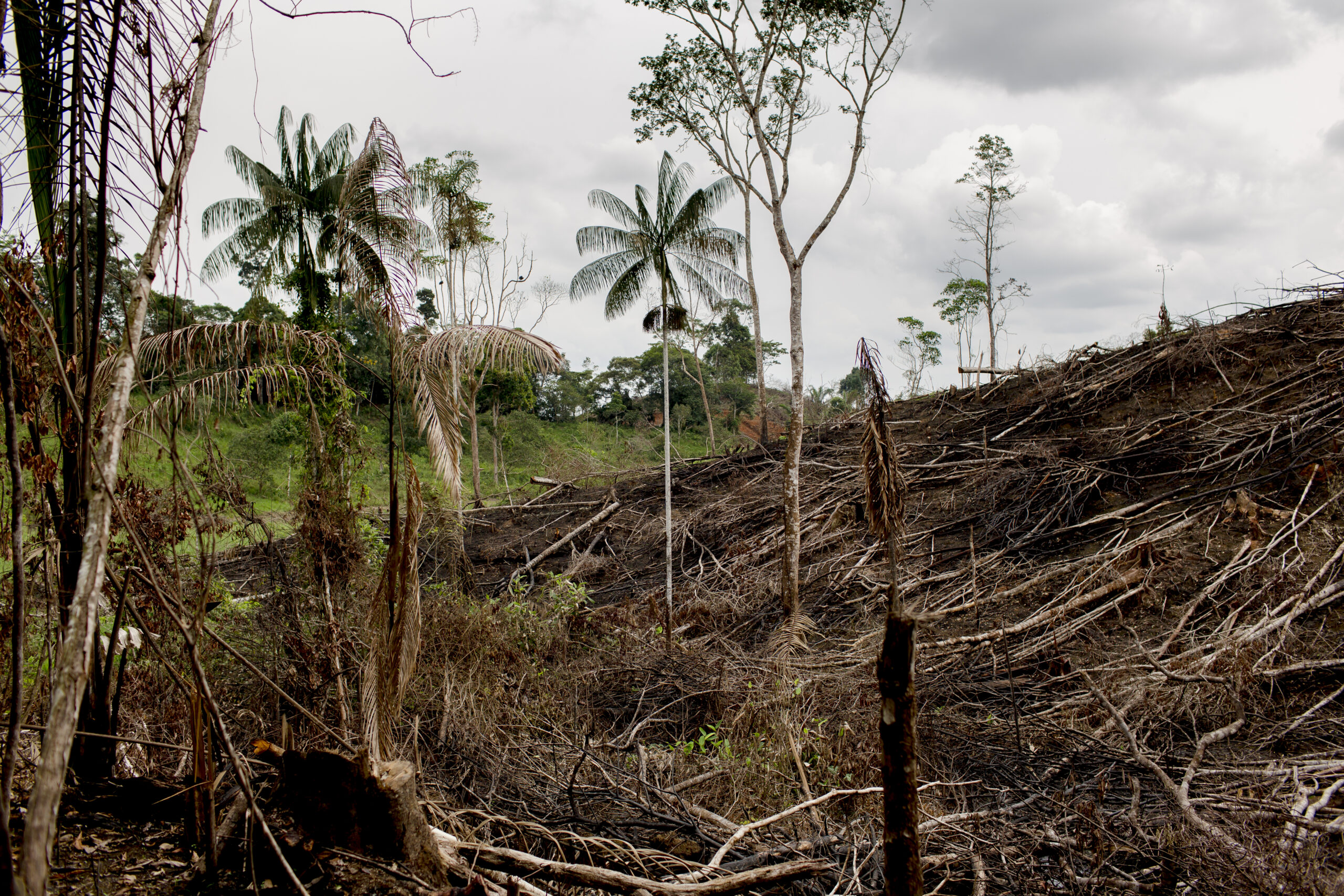
On that journey I also learned about the vision of four indigenous peoples to have sustainable access to clean, safe and independent solar energy. Not just energy, but power to strengthen their self-determined movement for cultural survival and rainforest protection. Power to tell their stories in their own voice and to defend their life, culture and ancestral homeland. Power to free themselves from the necessity to buy dirty fuel that carries the blood of their people (to use generators for lighting and basic electrical appliances) from the very companies that are threatening their survival and destroying their territories. Power to create hopeful alternatives and economic opportunities that are in harmony with their way of life and the protection of their home. It was a vision in which we work together and use the crisis of environmental degradation, resource plundering, and social injustice to create something that puts the technological achievements of our time in service of life instead of destroying it.
Based on this self-formulated vision of four Indigenous Nations, including the A’i-Cofán, Secoya-Siekopai, Siona and Waorani, we started the solar project Imagine Light and the initial journey of presence was followed by many more journeys of action collaboratively working, building, learning and growing together.
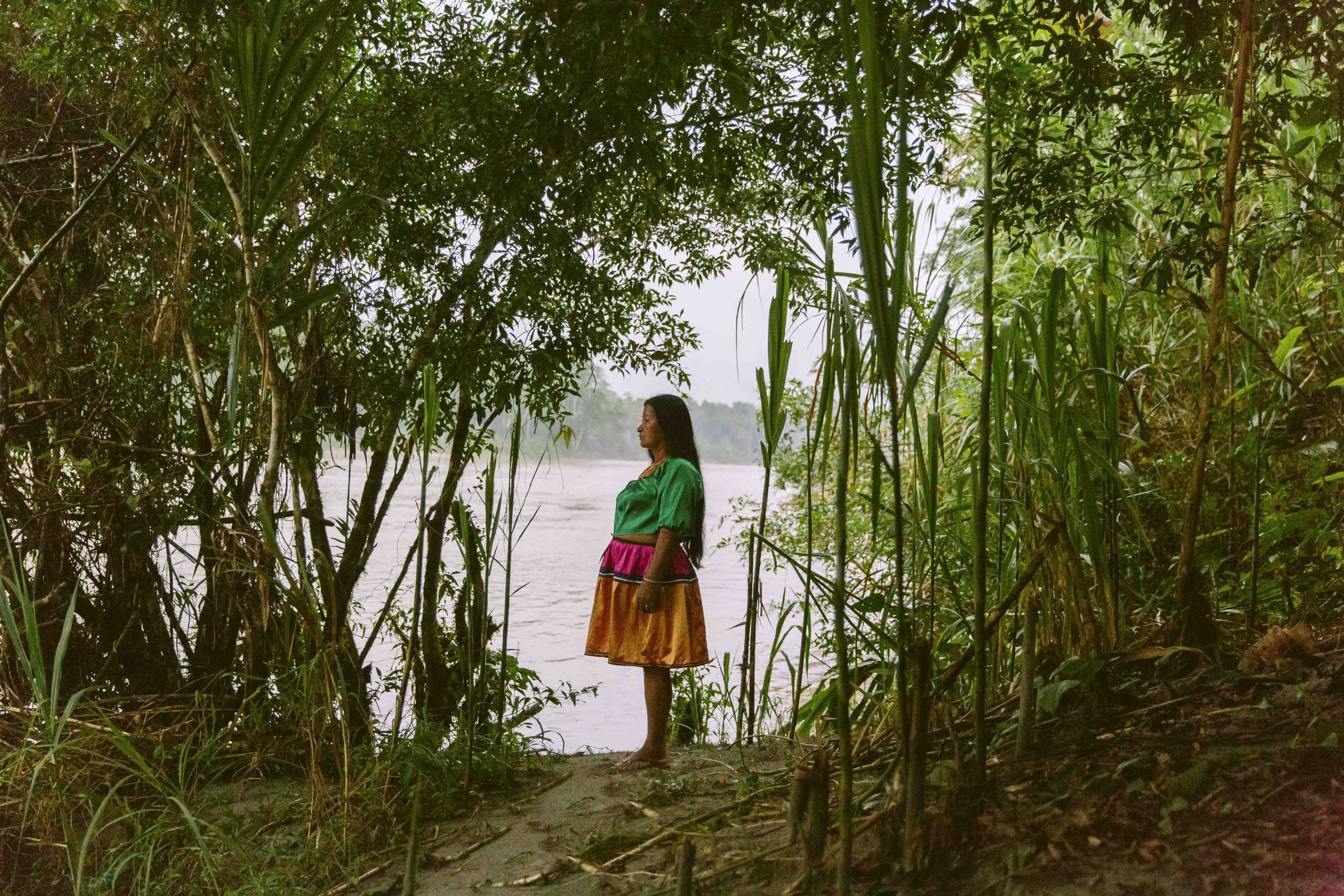
I remember the long canoe rides that felt so freeing, so alive, inviting us to welcome the wind and rain splashing in our white and sweaty faces. I remember the magical scenery lining up on both sides of the riverbank. It was like a green fortress that seemed indestructible and yet, is so vulnerable to (white) man’s ignorance taking might for right. I remember the sweet and somehow ancient singing voice of Maria, a Cofán elder, performing in her traditional, colourful clothes. Later I learned that she sang about how beautiful life was before the oil companies arrived and about the suffering, loss and destruction that came with their arrival. I remember the deep transparent night sky glittering with infinite stars and galaxies, more than I have ever seen before. I remember feeling the breath of this rich forest and the pulse of this sacred land. It was nurturing on such a deep level that I only realised it after I had left.”
— Journal entry, April 2014
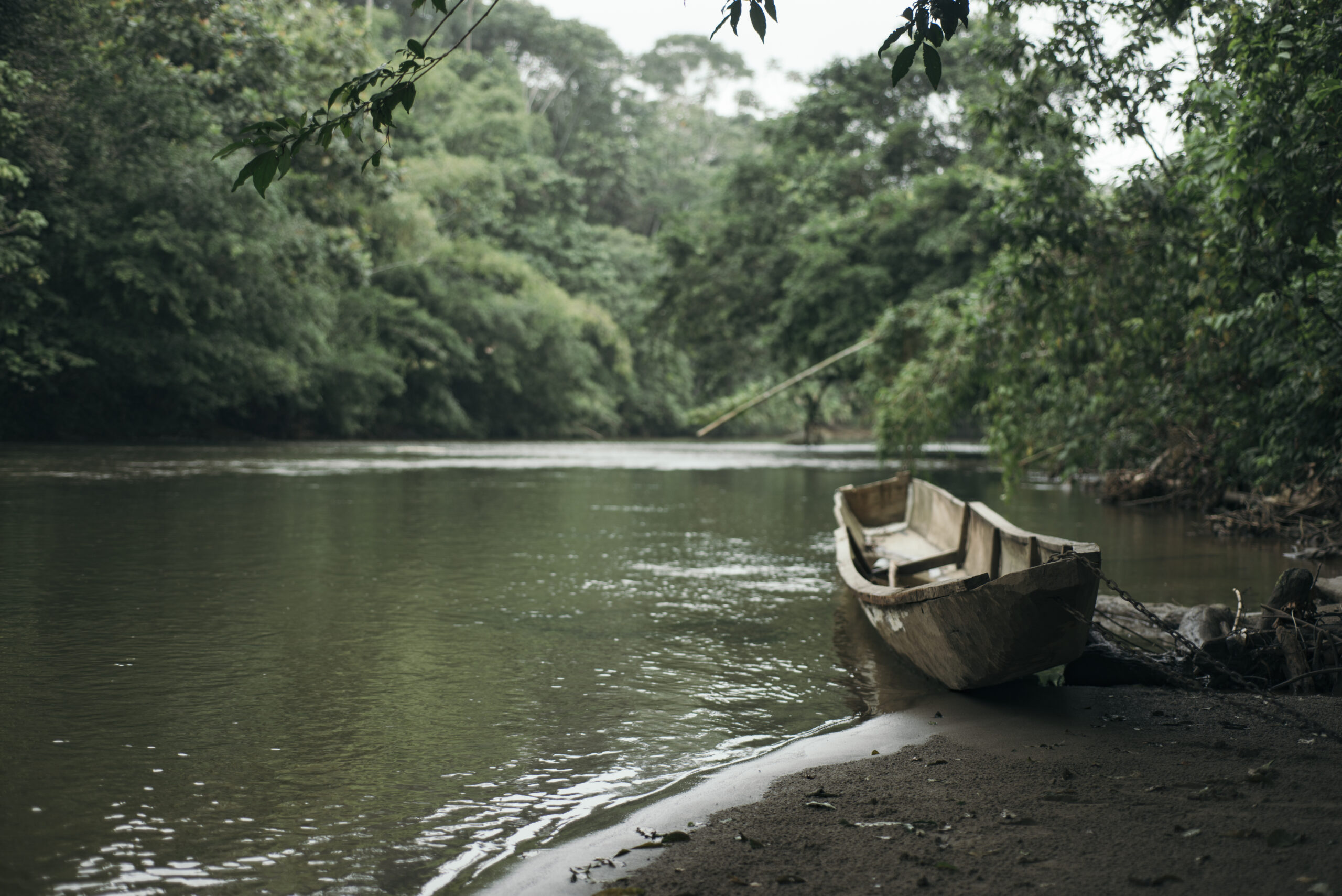

We recognise that sustainable development and successful counteractions to the destruction of rainforests — which amount to about 12% of all man-made climate emissions — must include strategies developed and sustained by the Indigenous people themselves. To enable sustainable access to clean and independent energy, we developed a scalable, holistic bottom-up approach that includes both the use of regenerative technology and the building and strengthening of local capacity. Self-determination and empowerment have always been at the heart of the project’s goals.
The challenge was to set up a local infrastructure that allows the solar project to be realised despite the remoteness and difficult access of the territory and to ensure its sustainability over time. To accomplish this, we have built and strengthened local capacity on four interconnected levels. At an organisational level, we invest in building organisational structures and capacity of our local partner organisations in all project areas, starting from energy need assessments, system prototyping over project management and accounting, to impact evaluation. This also includes the creation of local training facilities and workshop spaces with an extensive inventory of spare parts and tools.
At the regional level, we train local solar engineers to become technical project coordinators and to lead and sustain the local technical capacity building programs. Most importantly, we work on the community level to strengthen local ownership of the project by actively involving the beneficiaries throughout all project phases. In each community that we solar-electrify we train Indigenous people to become community solar technicians who are able to independently install, operate, maintain and repair the solar home systems in their own communities. The community solar technicians are also responsible for training each end-user family in their own tribal language to operate their system safely and to maintain it responsibly for the generated energy to power their lives for the years to come.
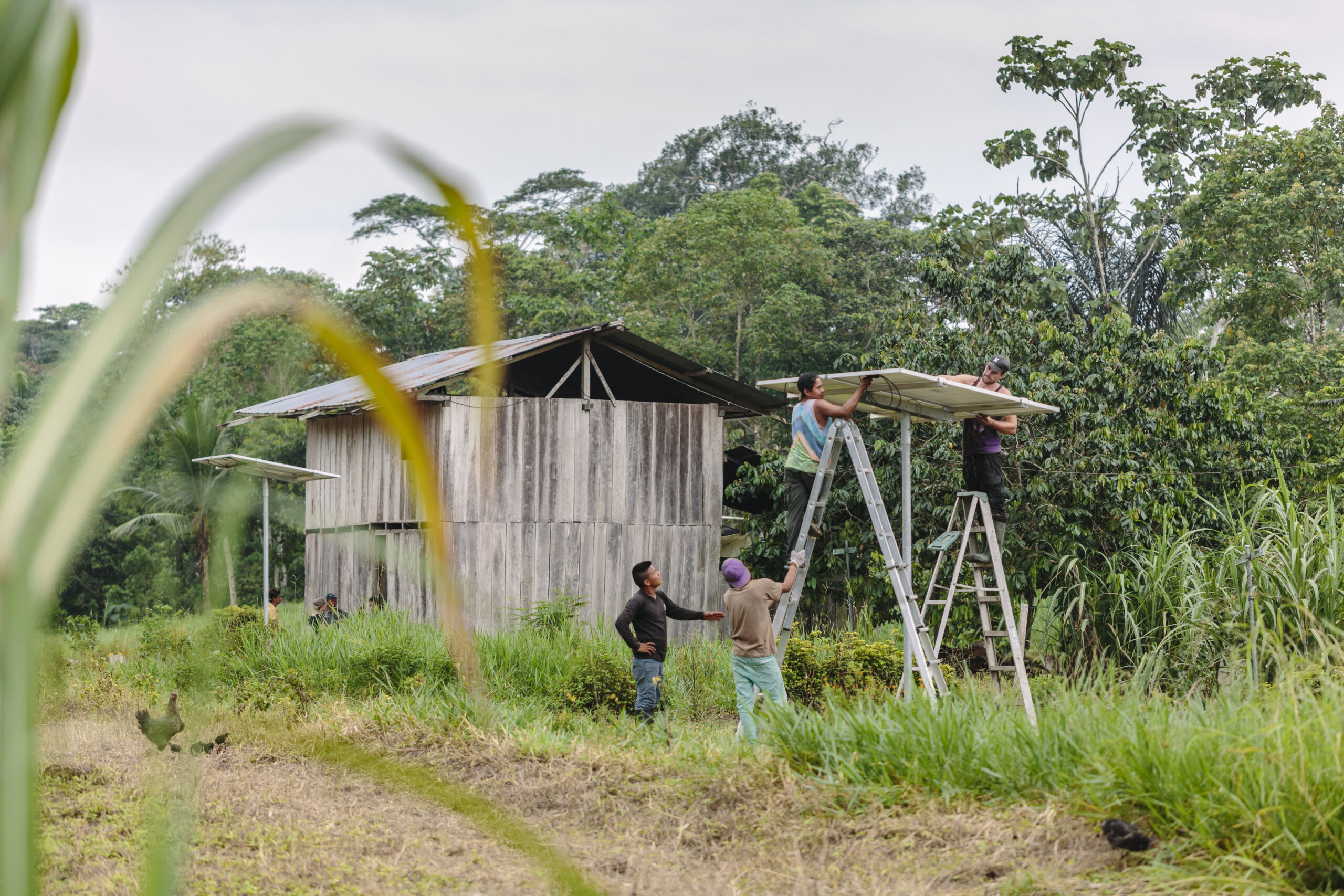
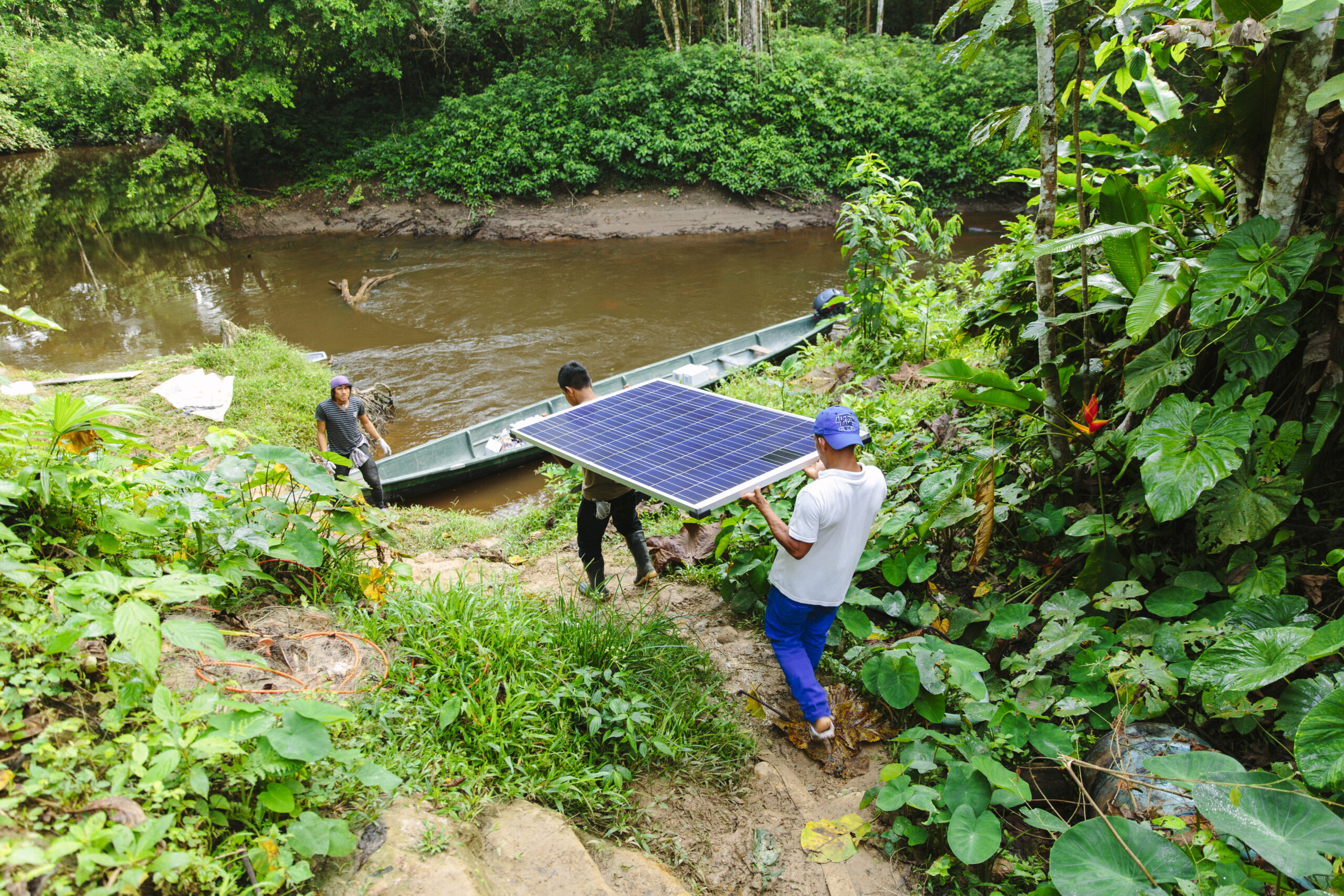
We’re also investing in building strategic partnerships with national and regional government, local authorities and other key actors like leading solar companies, technical universities, etc. Imagine Light is all about igniting and using these synergies to create sustainable energy access for the most vulnerable and hardest to reach people. Building a local ecosystem is both the most intensive and most important element of the project in order to create real empowerment and ensure long-term project sustainability.
As we are expanding Imagine Light to other regions working together with the Cabécar people in the tropical rainforest of Costa Rica, it is very beautiful to see the exchange of experience and further learning opportunities the project is creating. People trained within the project in the Amazon are now sharing their experience with the Cabécar people living in remote jungle mountain villages in Costa Rica and are training the new solar technicians. This enables not just the replication of the project, but also facilitates a valuable and unique cultural exchange. It is the direct contact between people living and working in the field that is making the difference.
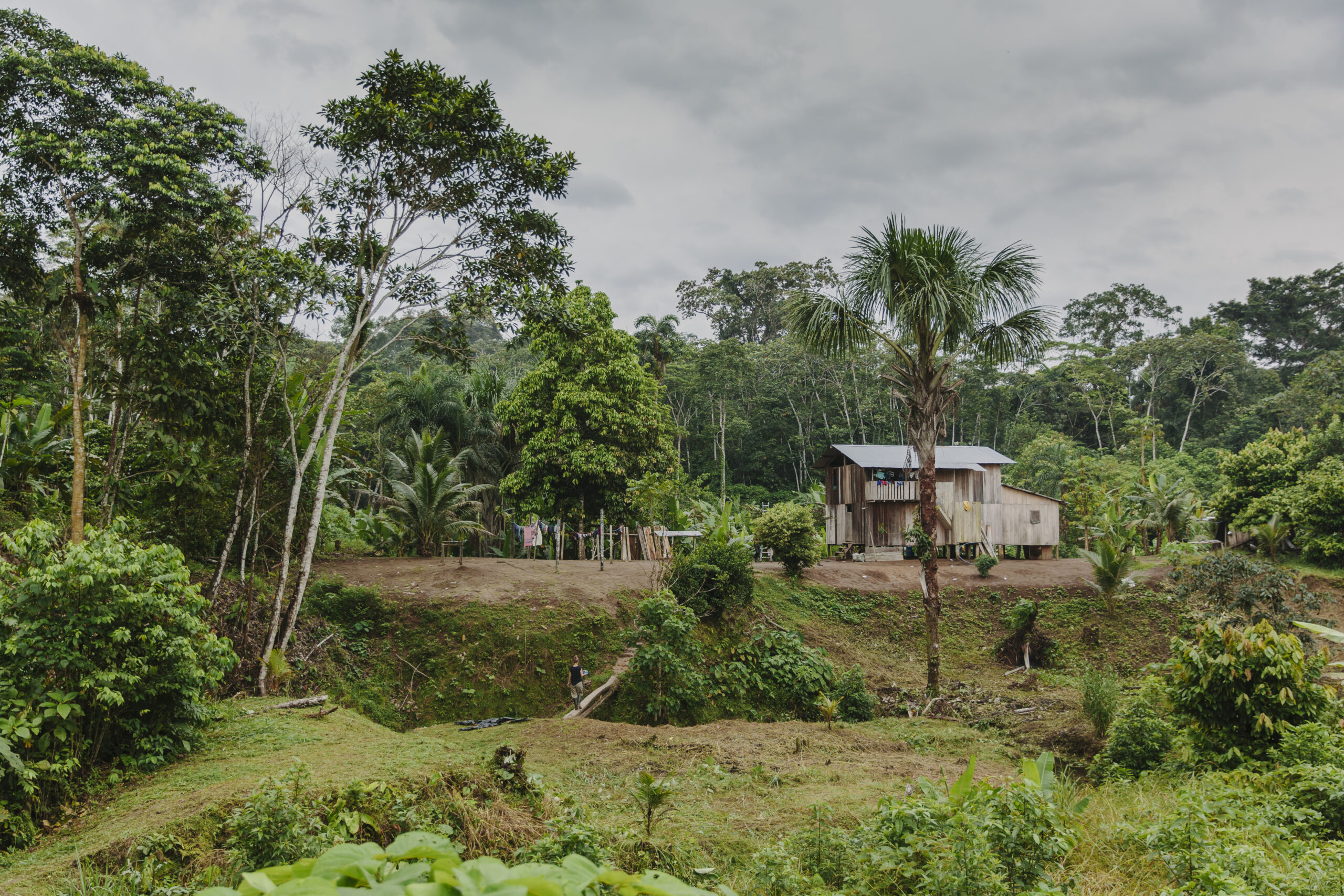
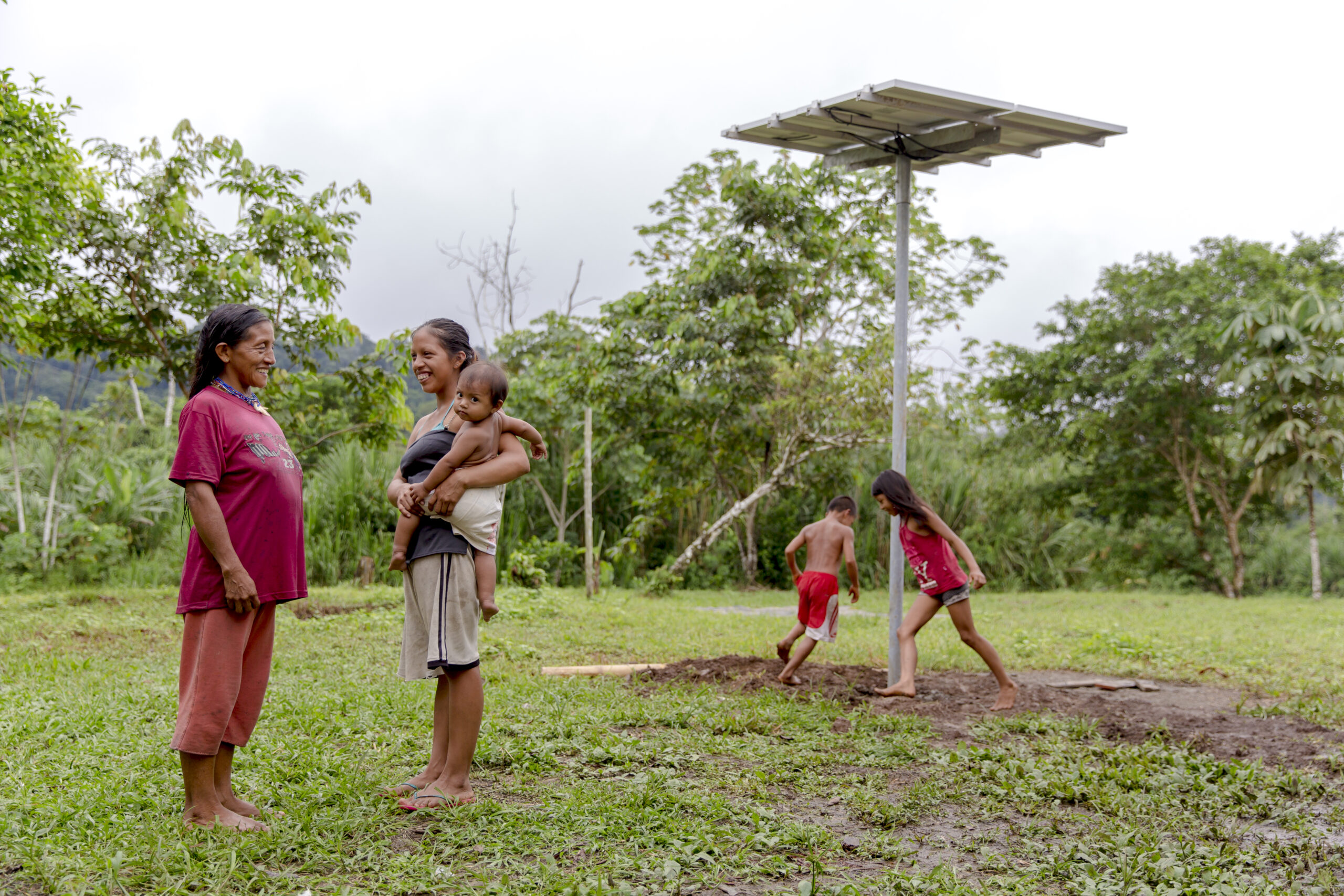
It is important to develop new and innovative approaches to energy access that also reach the people and communities where business-as-usual solutions are not working, but whose empowerment and self-determined development are crucial for effective climate action. This is particularly true for indigenous rainforest communities as they hold the wisdom of how to live in harmony with the natural world and are the only true guardians and conservationists of the rainforest protecting both the carbon-capturing trees of the Amazon rainforest as the world’s largest carbon sink and the carbon stored beneath the ground.
While many initiatives have been successful in advancing SDG 7 (“Ensure access to affordable, reliable, sustainable and modern energy for all”) by developing market-based solutions combining energy service delivery with micro credits, mobile money, and pay-as-you-go models, they lack a holistic approach for different cultural and socioeconomic contexts, as is the case for Indigenous people living without a monetary system in remote rainforest communities. This focus on alternative and cultural-sensitive payment models for last-mile populations that equally fulfill the objective of creating a sense of ownership and accountability, challenges us to look beyond the short-term gains of return of investments and towards a long-term perspective that recognises the important role of Indigenous groups and the value of their wisdom for the survival of us all.
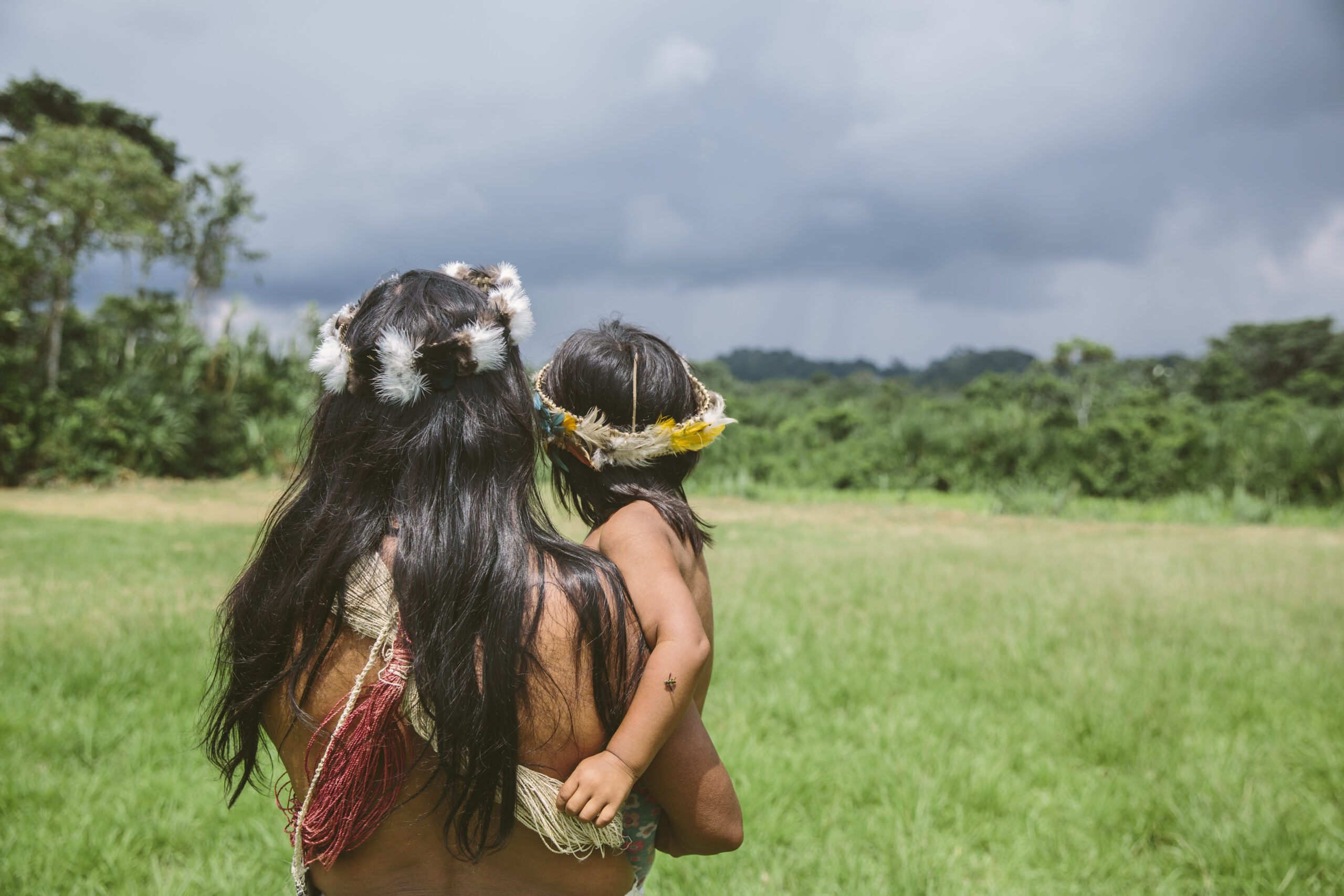


We are invited to radically question our current economic model, built on social and environmental injustice, if we are to transform to a circular economy and remember what the people of the Amazon have never forgotten — that we are one with all life. We need to reawaken to our intrinsic connection with the Earth. When we not only intellectually understand, but also feel that all life is fundamentally interconnected and interdependent, we will automatically be inspired to act differently, to take bold and radical steps towards a reverent life that honors and protects all forms of life and creates ways of living on this planet that are in balance with the natural world.
Looking back on how my journey into the Great Forest, our work with Indigenous people and renewable energy began, I can say that the outcry of the Amazon awakened my deepest human response: to love. The kind of love that moves us into action beyond our wildest dreams and makes possible what before was only in the realm of imagination.
Mehr anzeigenPublished in
The Beam Magazine #7, September 2018
United People of Climate Action
Original Title: Empowering People, Protecting Nature
Weniger anzeigen
